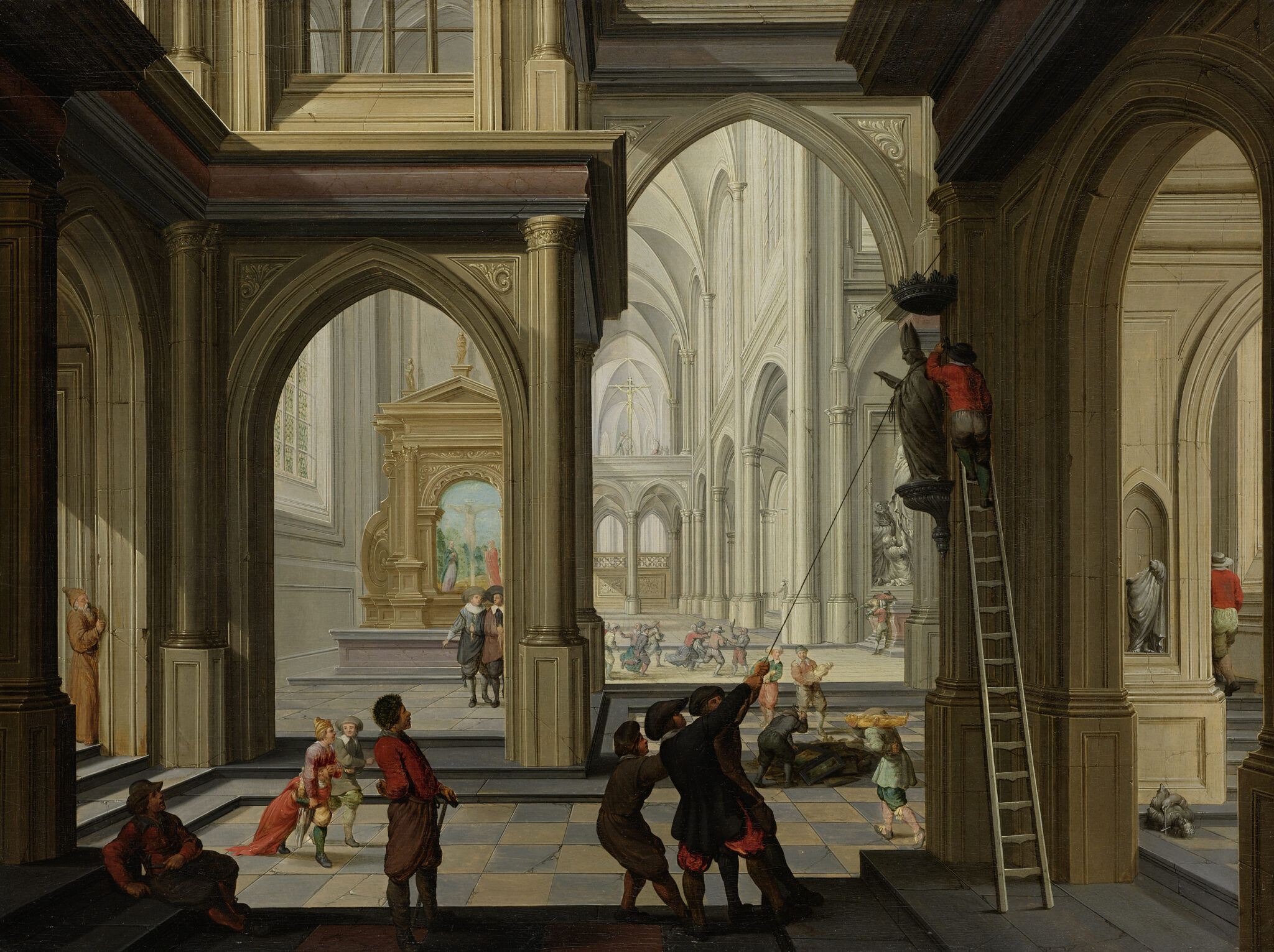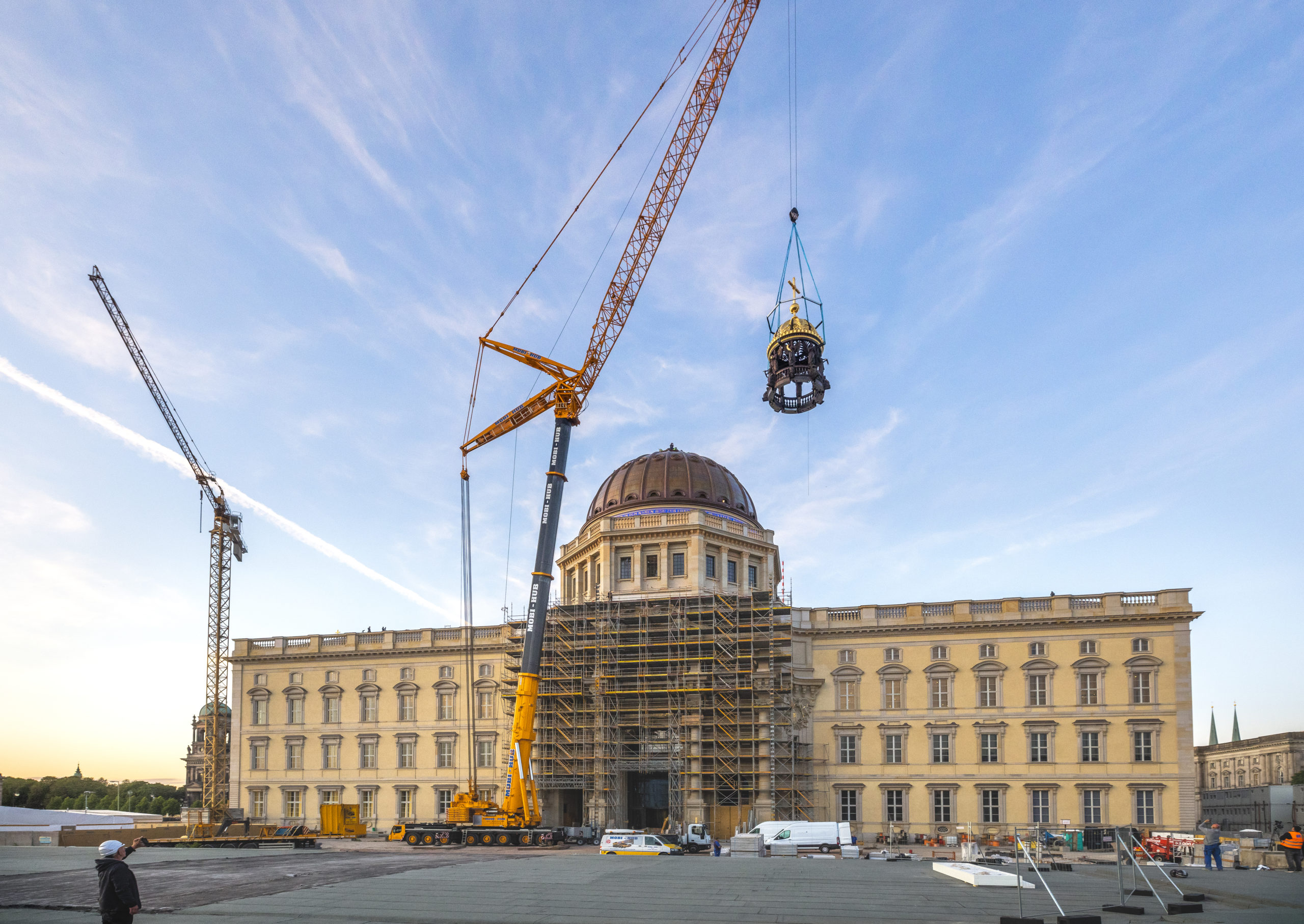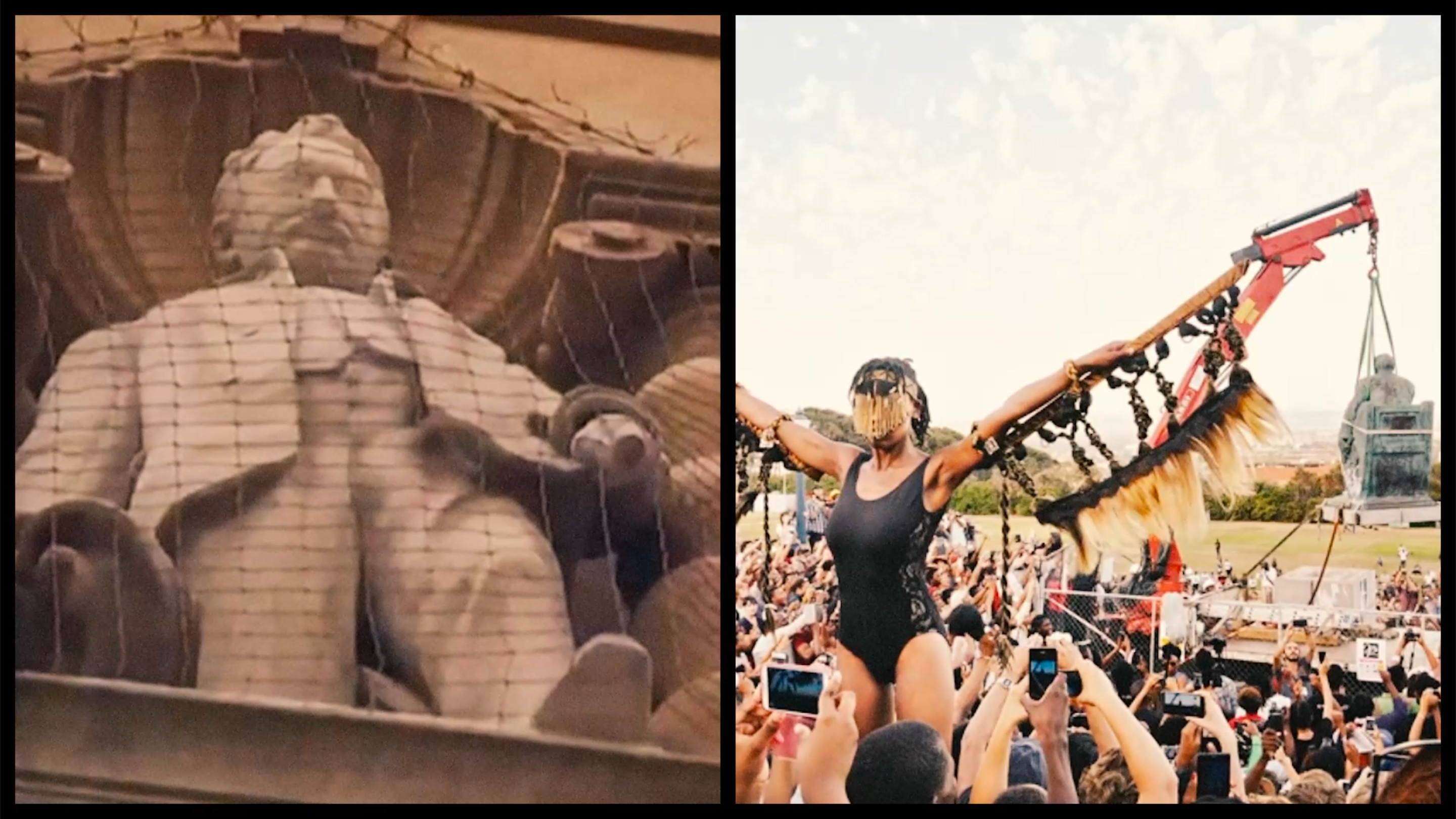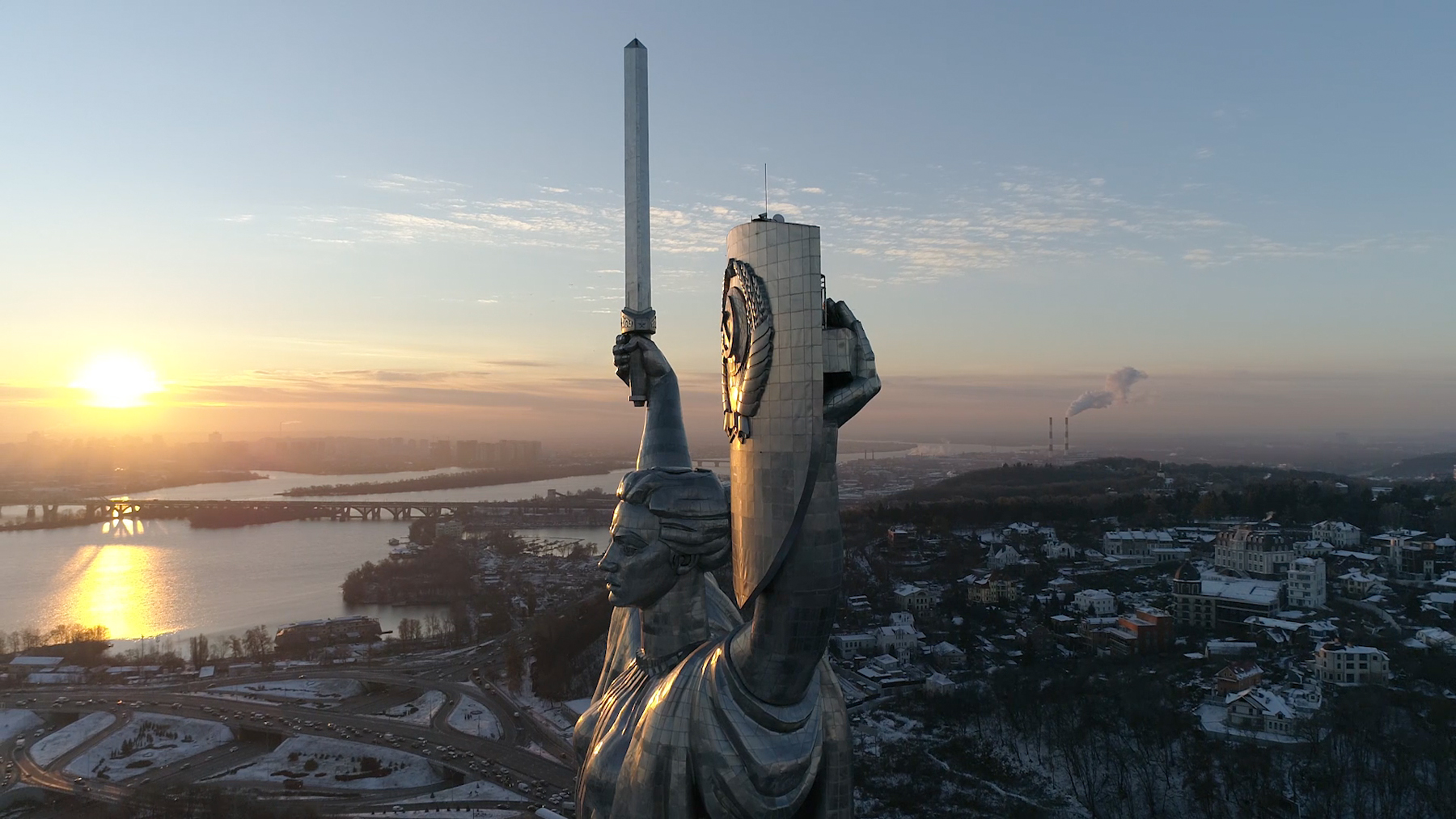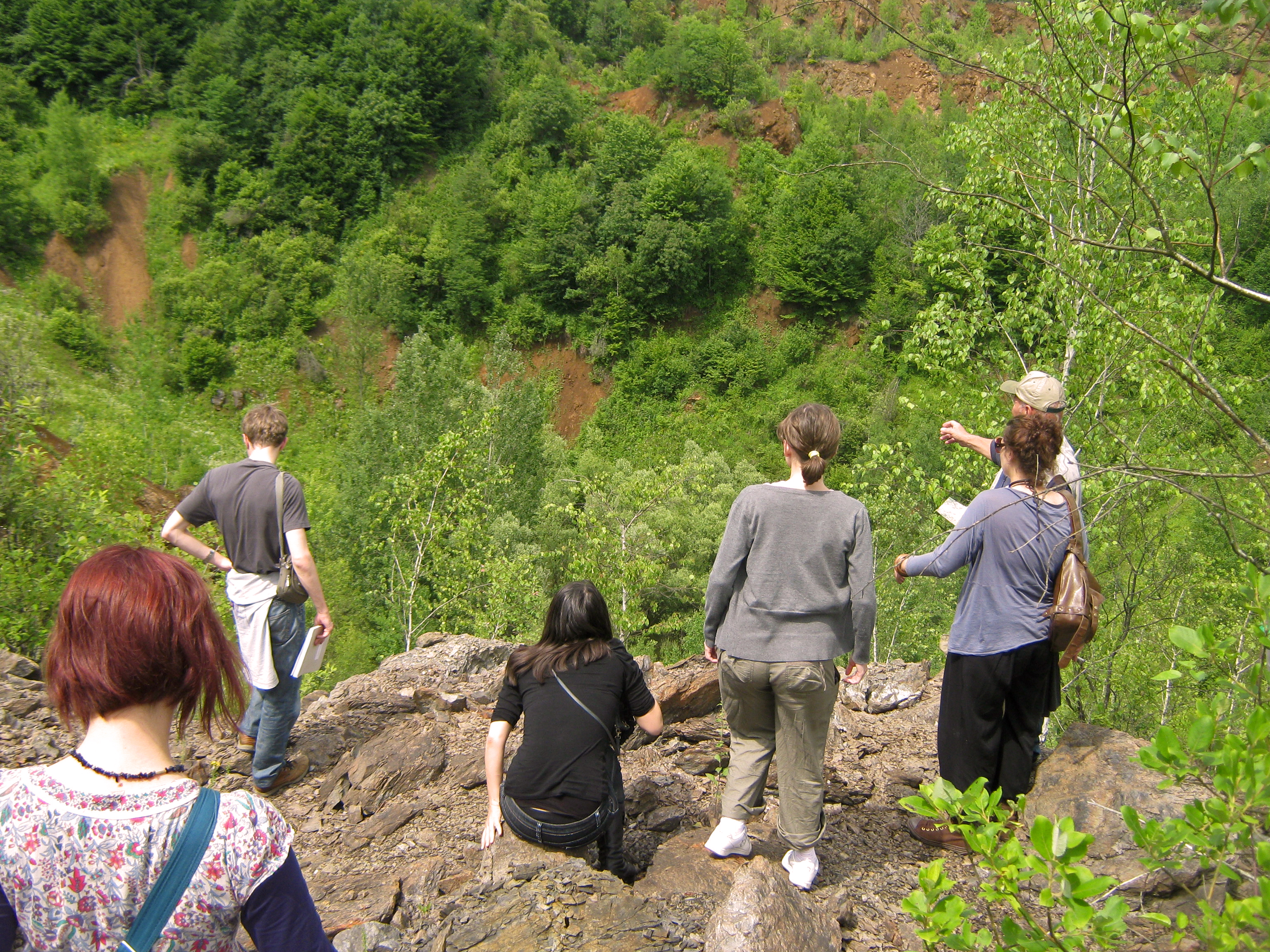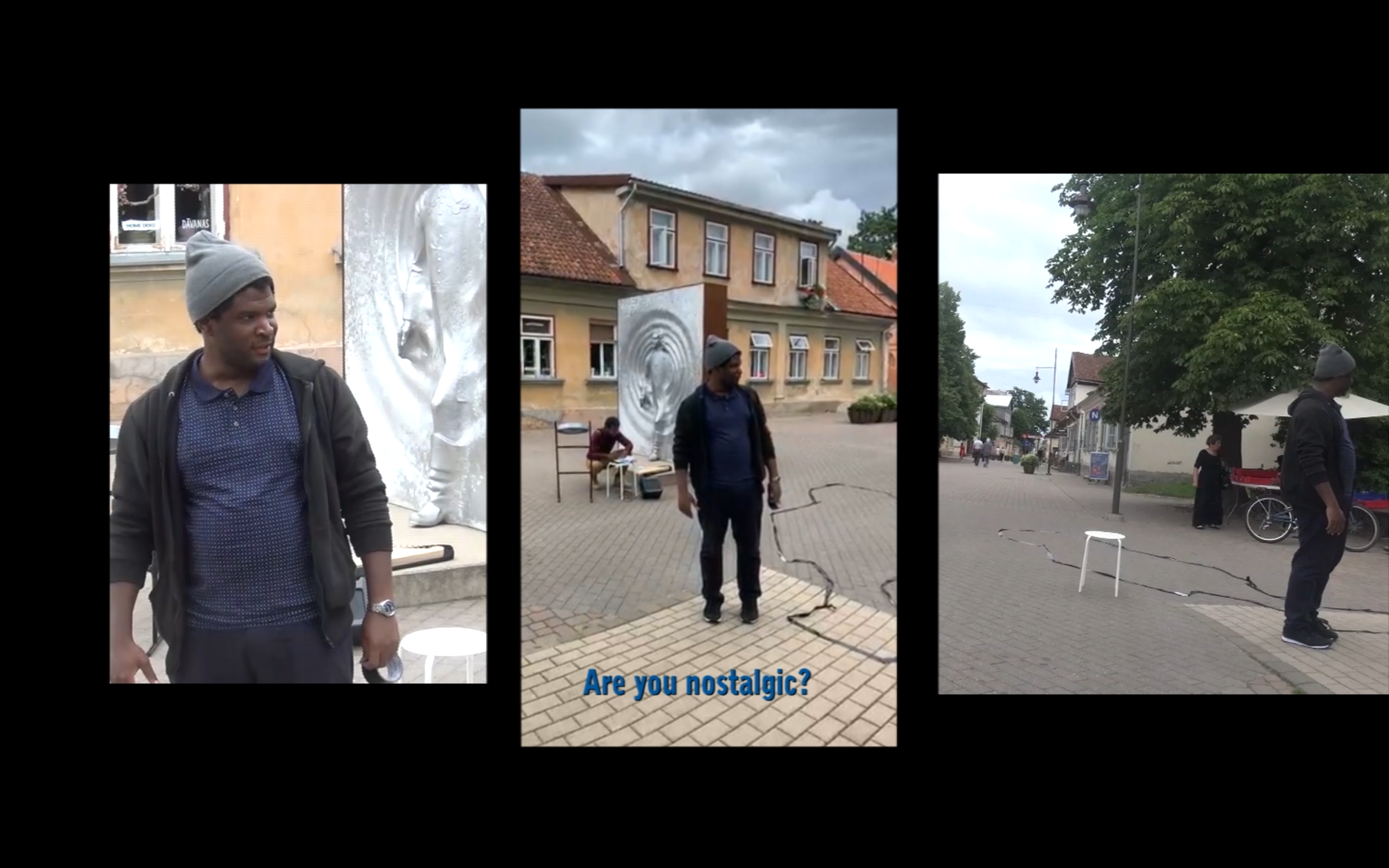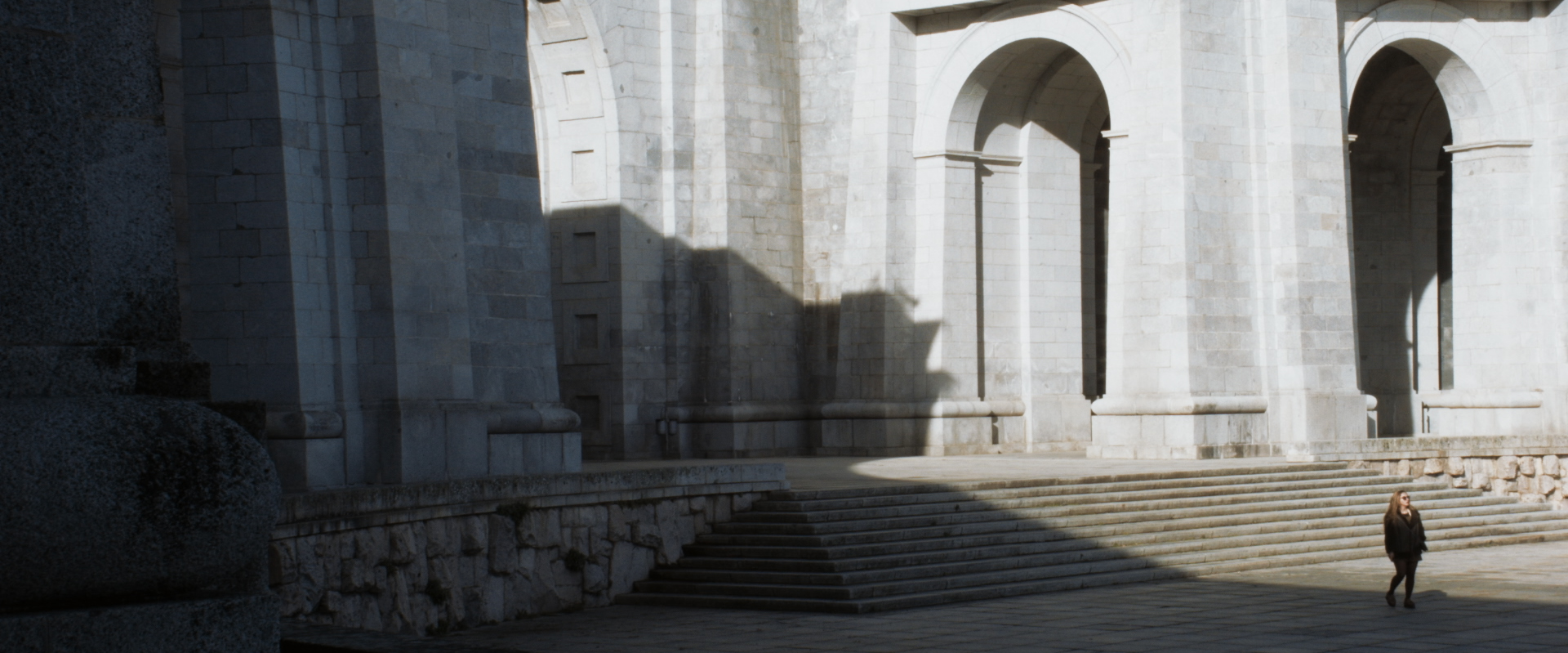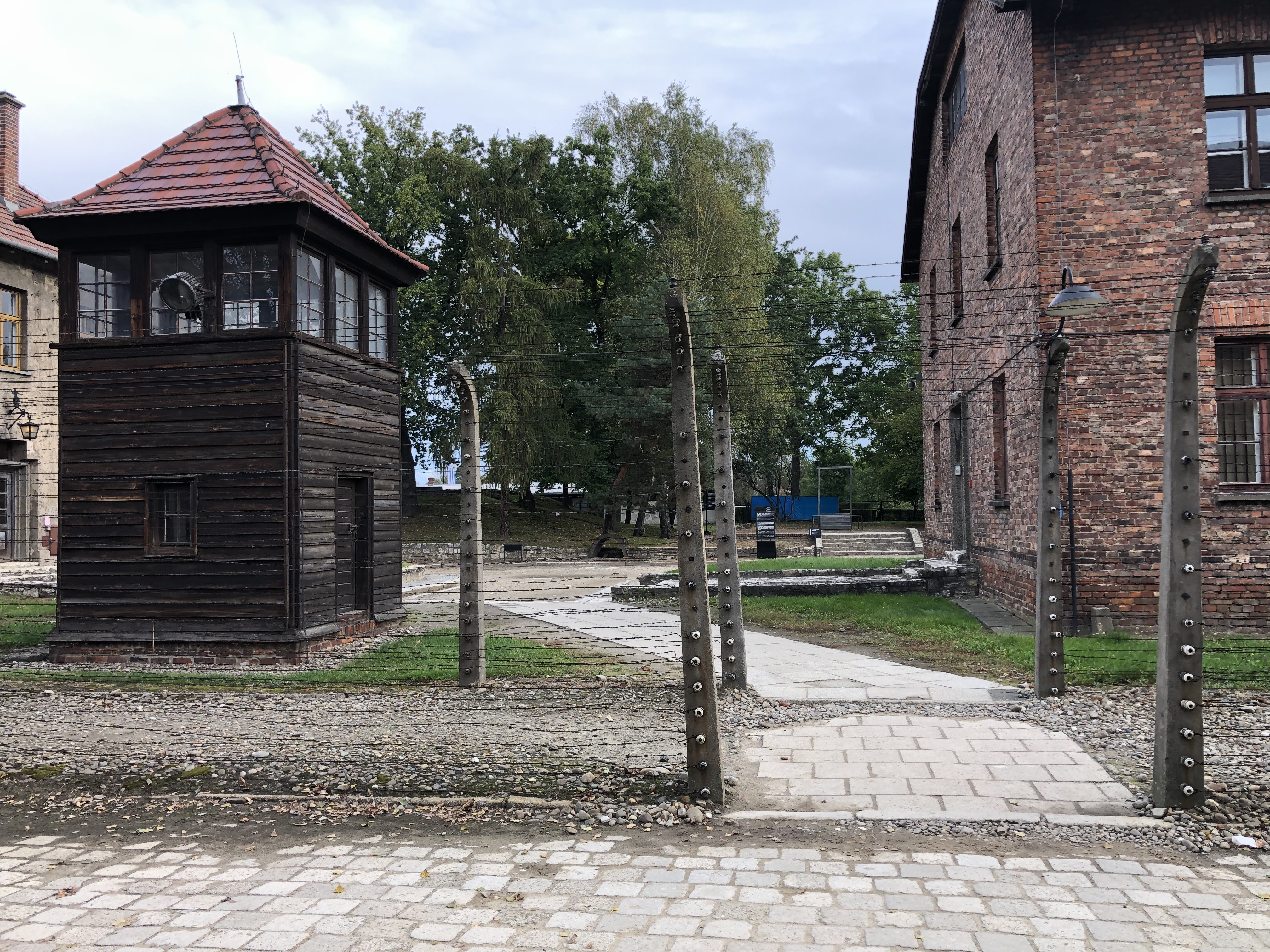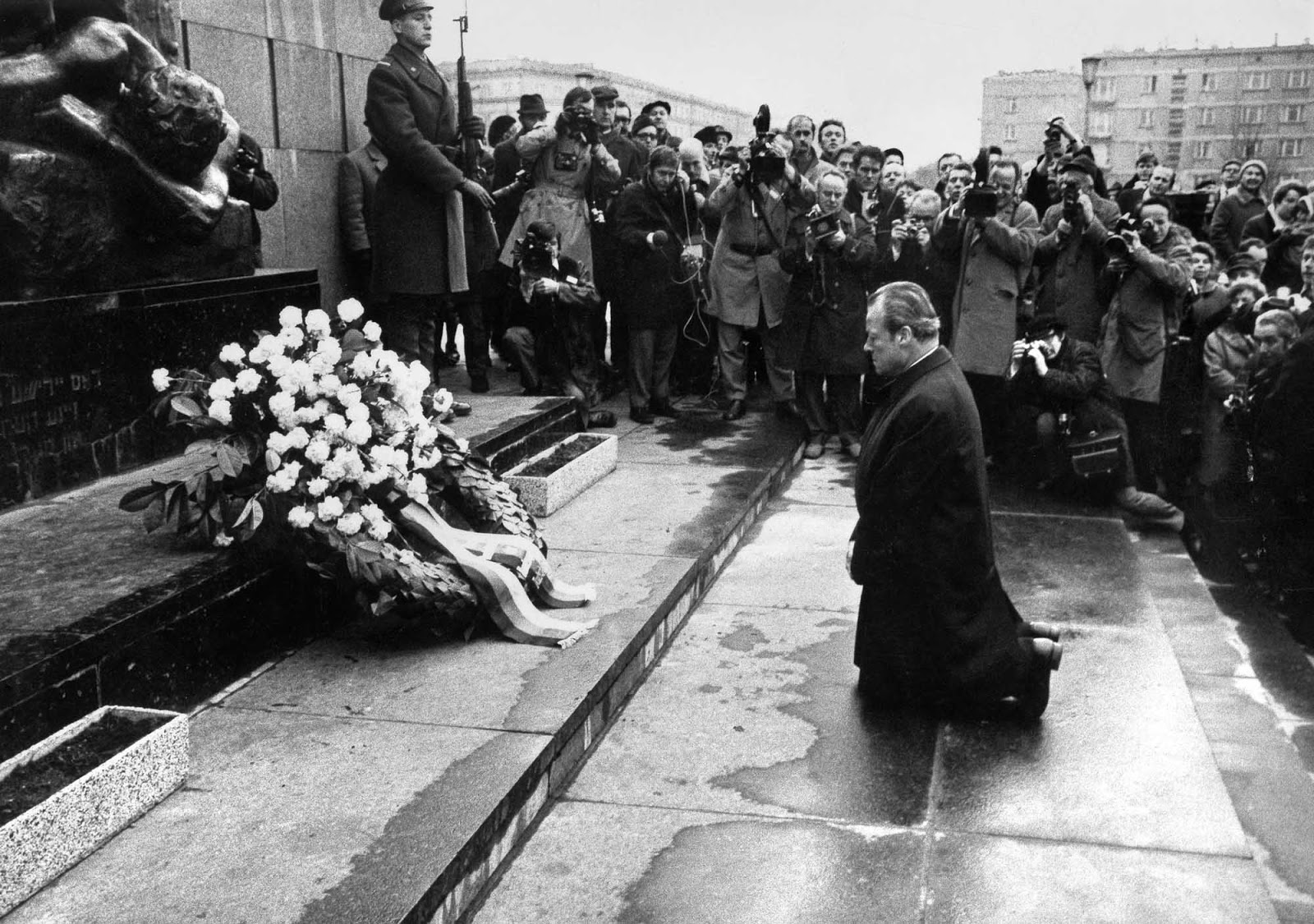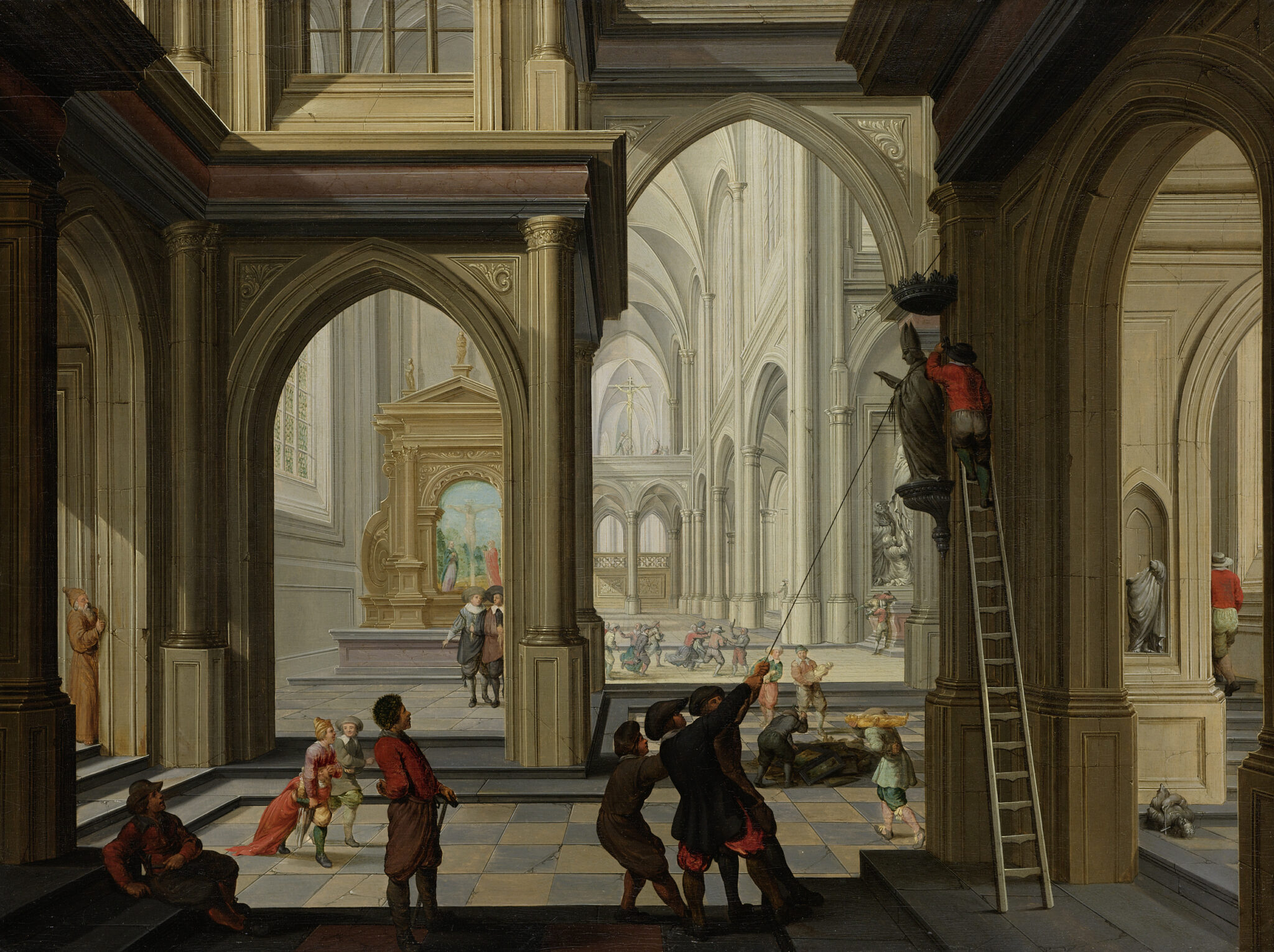Category
Subject
Monument is a collaboration between e-flux Architecture and Het Nieuwe Instituut.
- Philipp Oswalt Building a National House
- Arna Mačkić The Architect of Destruction
- Sumayya Vally Footnotes to Monuments
- Sarmen Beglarian and Vasyl Cherepanyn Antagonisms of Memory in Post-Maidan Kyiv
- Milica Tomić Four Faces of Omarska: Open Video Sequence
- The Black Archives Building Our Monuments
- Quinsy Gario How to See the Spots of Der Leopard
- Manuel Correa Four Hundred Unquiet Graves
- Robert Jan van Pelt Auschwitz and the Architecture of the Reversed Gaze
- Dima Srouji Sebastia
- Valentina Rozas-Krause Memorials and the Cult of Apology
- Mabel O. Wilson Bulletproofing American History
- Dr. Marina Otero Verzier, Nikolaus Hirsch and Nick Axel Editorial
